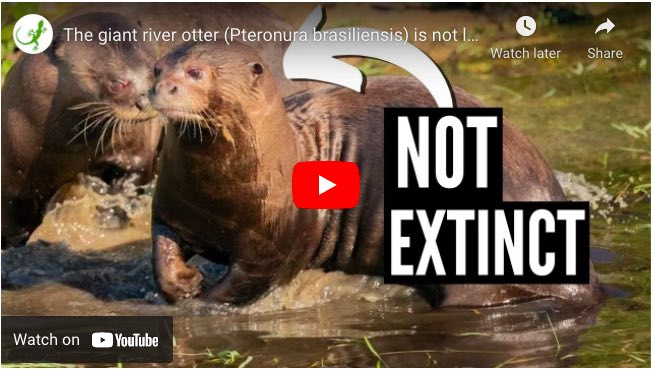Príncipe is an island approximately 250 kilometers (155 miles) off the coast of Central Africa. Along with its neighboring island, São Tomé, it has several endemic species, or species found nowhere else on Earth.

One of these endemic species is the Príncipe thrush. Until 2010, the Príncipe thrush was thought to be the same species as a thrush found on São Tomé. However, research on the birds DNA and songs revealed that they are indeed different species, despite looking very similar.
The Príncipe thrush is highly endangered. Fewer than 250 individuals exist on Príncipe.

Another resident of Príncipe is the Mona monkey. (Can you find a monkey in the photo below?) Mona monkeys on Príncipe have been caught on camera eating the eggs of the Príncipe thrush. The monkeys were suspected of being egg thieves, but this has now been confirmed by camera traps cleverly positioned near thrush nests.

The Mona monkeys are not native residents of Principe. They are originally from the rain forests of West Africa. They were brought to Principe by Portuguese sailors in the 1400s along with several other species like rats, pigs, mice, dogs, and cats. The monkeys may have been the sailors’ pets that escaped or were released into the forests.
When non-native species are introduced to a new ecosystem they are called invasive species. On islands, there are many instances of native birds going extinct or becoming severely endangered because of species introduced by humans. At least 109 bird species have gone extinct since 1500 due to invasive species.
Bird species that have not evolved with predators (like cats and rats) do not have anti-predator defenses. Without being able to defend themselves, these birds are often hunted to extinction or are not able to have enough babies to sustain the population.
On the island of Príncipe, Mona monkeys and other nest predators (like rats or cats) are eating the eggs or chicks of the Príncipe thrush. This is making it hard for the thrush population to grow. Researchers are working on possible solutions to help the Príncipe thrush continue to thrive on the island.






